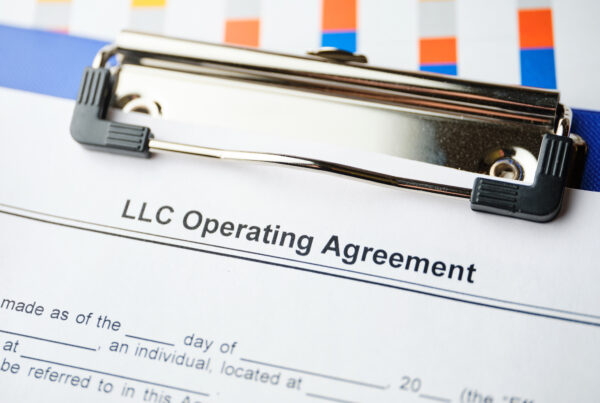Last Updated on March 6, 2024 by Dave Schoenbeck
Small business owners typically work so hard to stay on top of things that they often never even consider something like a business ownership transition plan. But the truth is that you need to plan and prepare for your small business ownership transition just as much as any large business.

Small Business Succession Planning Best Practices
Whether expanding ownership to a family member or your employees, strategically going out of business, or selling the company, you must have a plan for your exit.
Succession planning for business owners is designed to cover every aspect of a transition, from hiring a replacement to cleaning up the financials and everything in between. Here are some top best practices for transitioning ownership of your business.
1. Plan for the Key People
Every successful business has critical people within the organization, and you need to have a plan for every key person. Succession planning may have nothing to do with you leaving. What if your CFO or another executive position leaves? Where does that leave your business and you?
An excellent small business ownership transition strategy helps you look beyond the top role (whether you or someone else) and consider your entire team of key individuals. Then, develop a deeper bench and plan for replacements. Finally, identify talent within your company and outside of it and begin their development.
2. Financial Reporting
Have you looked at your financial reports lately? Perhaps you’re in a position where your financials are not the highest priority. Yet, your strong small business ownership transition depends on cleaning up your financial reporting.
Small business financial data is often mismanaged; most of the time, it’s not intentional. Take the time to clean up your financial reporting, and make sure the reporting is clear, accurate, and tax compliant. Be transparent and honest about your profitability as you transition and make things right if you have paid personal expenses from the business.
3. Finding a Buyer or Broker
A key element of succession planning for business owners is that you will eventually need a strategic or financial buyer. Selling might mean searching for a buyer or finding a broker to help you instead.
Take the time to get broker referrals, research, and know what and who you are looking for. What are your options, what are your plans, and what is your desired result?
4. Look Ahead
There are brighter days ahead. Part of your responsibility for the future of your small business is to look ahead and plan for the things to come. Start by identifying potential changes for the following year. Then, look ahead for three years, five years, and maybe even ten years to determine what possible differences lie in front of you.
While you certainly can’t identify everything that may happen, you can plan for what you know. Accurate forecasting is part of the small business ownership transition. It is not always a sale—research national and local trends regarding business turnover. Consider compensation and benefits and how that may change. What about retirements and planning for those who may retire in that timeframe?
Be proactive and do as much as possible to prepare for these things in your small business succession planning strategy.
There is an inevitable cycle to businesses, and change is a part of that cycle. Please don’t wait until it’s knocking at your door to prepare. Prepare yourself for the details of a small business ownership transition now. Please fill out my contact form to schedule a time to start creating your small business transition plan.
Coach Dave
- Best Practices We Have Learned About Managing Remote Teams - July 3, 2025
- How and When to Use AI for Idea Creation - June 26, 2025
- What Does a Copyright Protect?A Small Business Guide to Copyrighting Your Business - June 19, 2025


